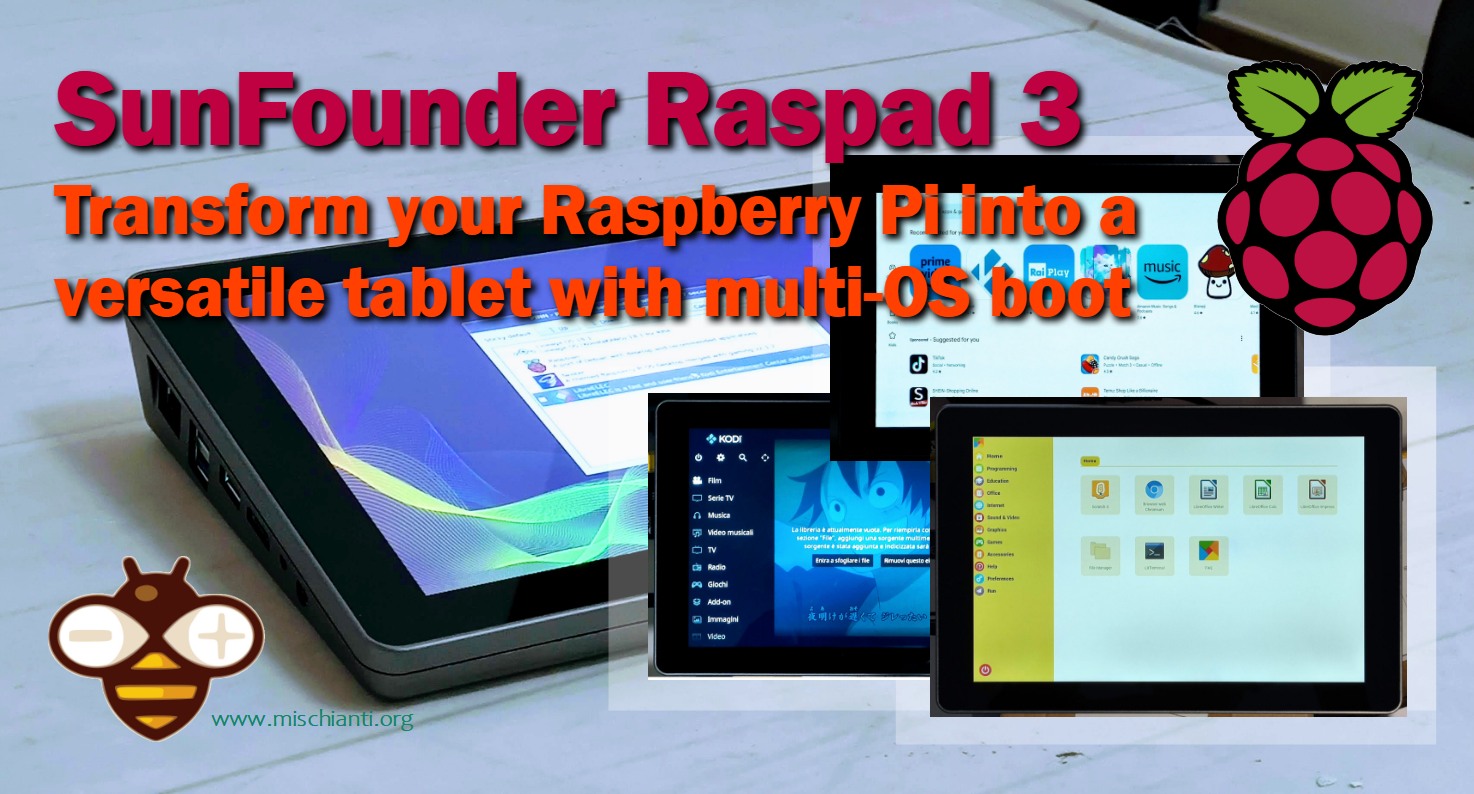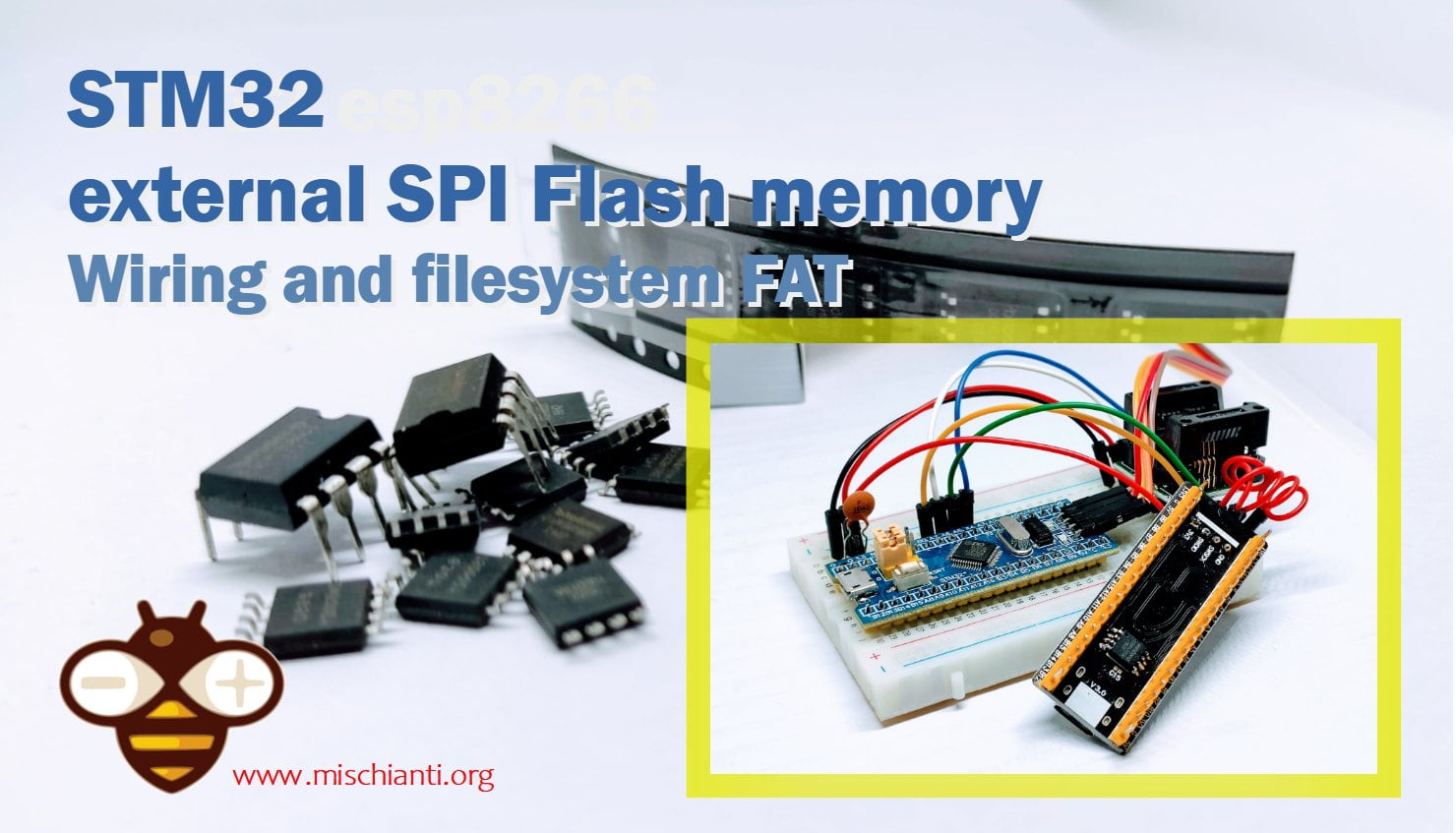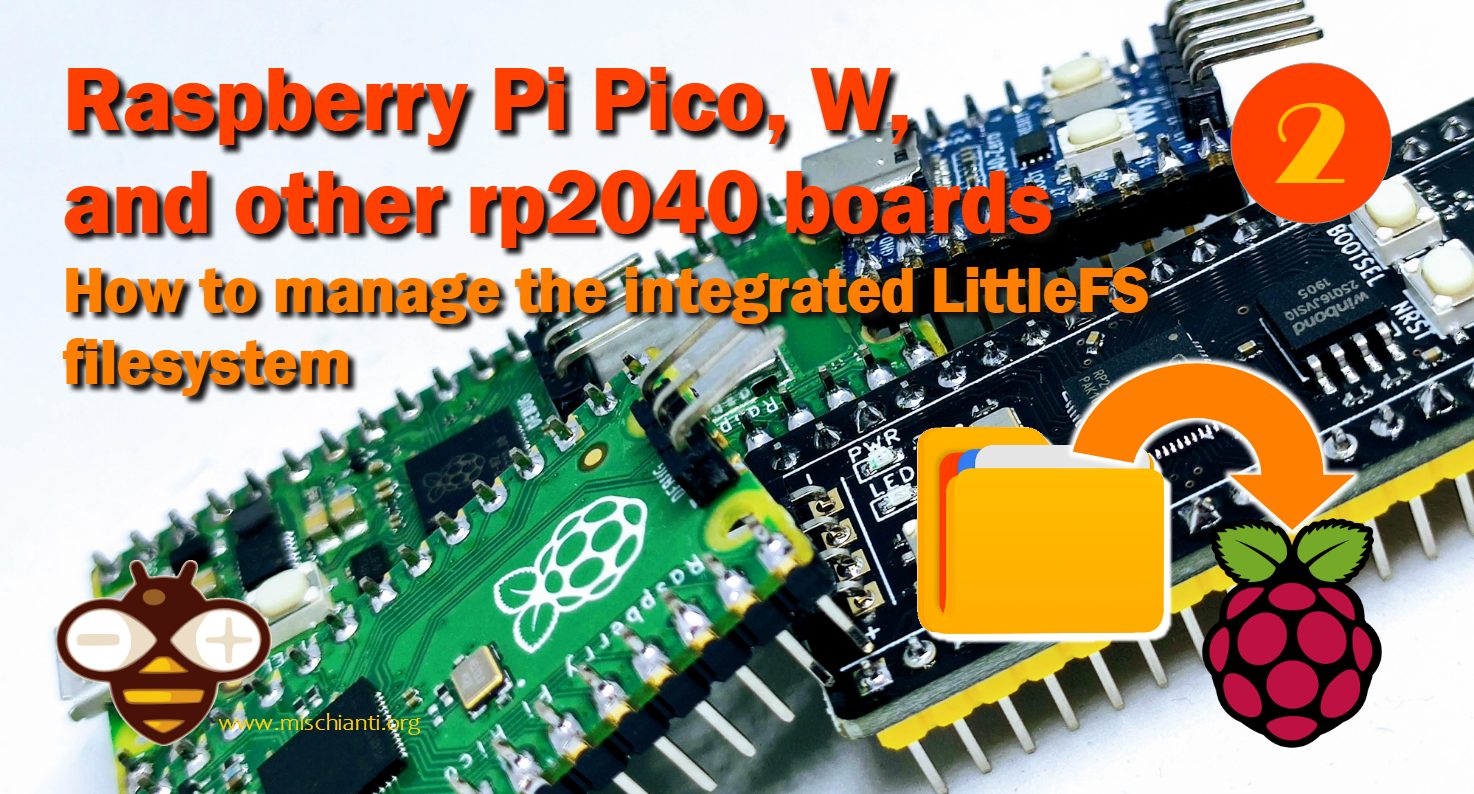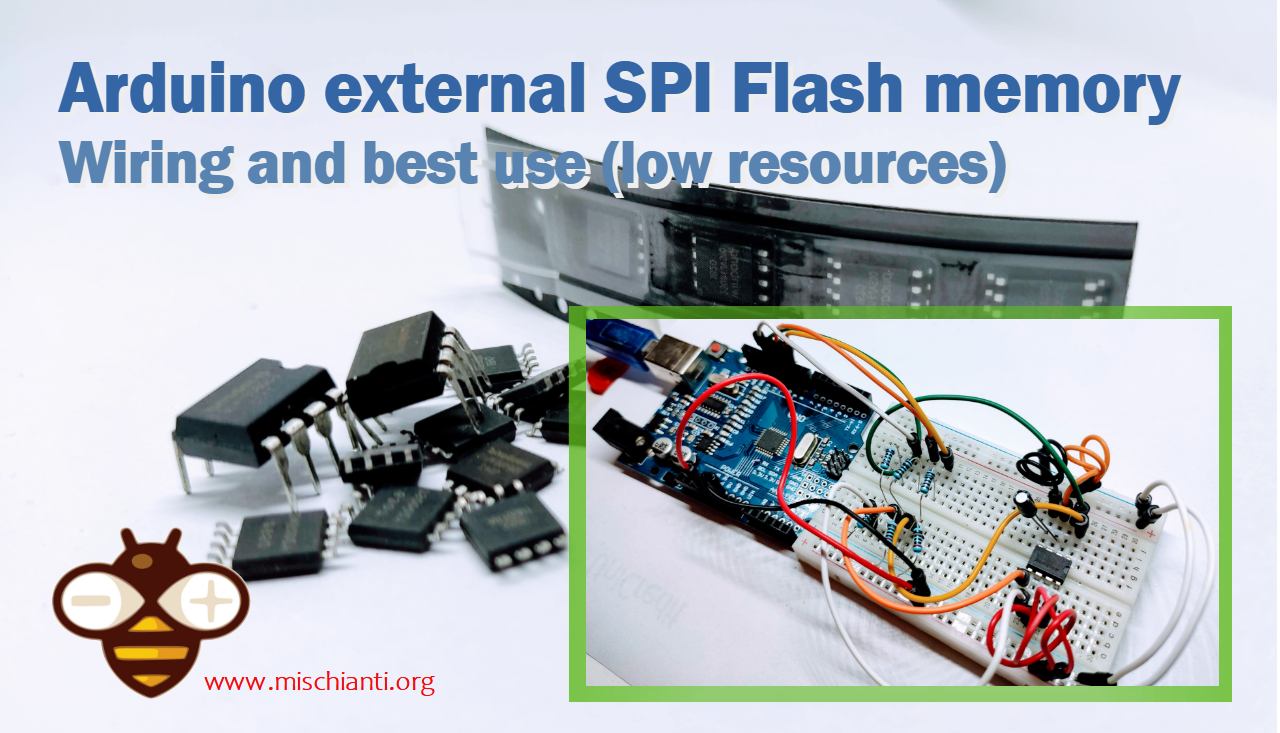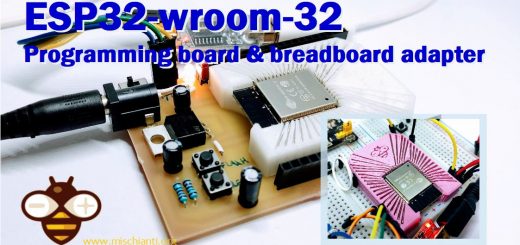RasPad 3: transform your Raspberry Pi into a versatile tablet with multi-OS boot
The article provides an overview of the SunFounder RasPad 3, a device that converts a Raspberry Pi into a versatile tablet. It covers the assembly process, including integrating a Raspberry Pi 4 and an M2. SSD. The guide concludes with instructions for setting up a multi-boot system using PINN, allowing users to alternate between various operating systems for different applications.

